
Unfortunately, there is not much scientific research available on the Sri Lanka Junglefowl, except for papers with off-putting titles such as “Complete mitochondrial genome of Sri Lankan Junglefowl“, a masterwork that apparently required the input of 11 different authors.
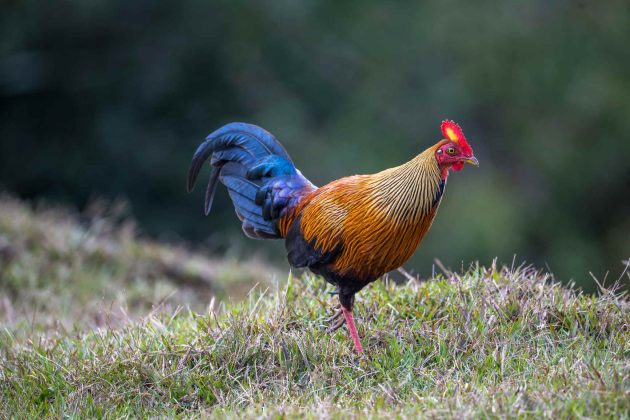
Still, I need to write a bit about the species to justify showing some more photos. For example, I could write about how its name is either Sri Lankan Junglefowl (Wikipedia) or Sri Lanka Junglefowl (HBW) – but that would hardly be more interesting than the genome, though only written by one author.
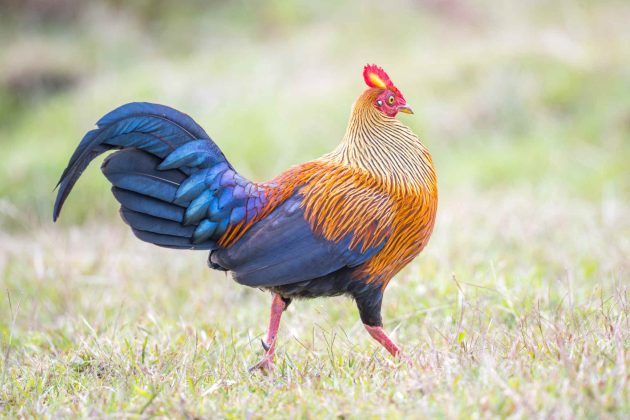
Another option would be to point out that this is the National Bird of Sri Lanka. Not a bad choice, I think – much better than all these patriotic eagles that tend to be the national birds of more militaristic nations.
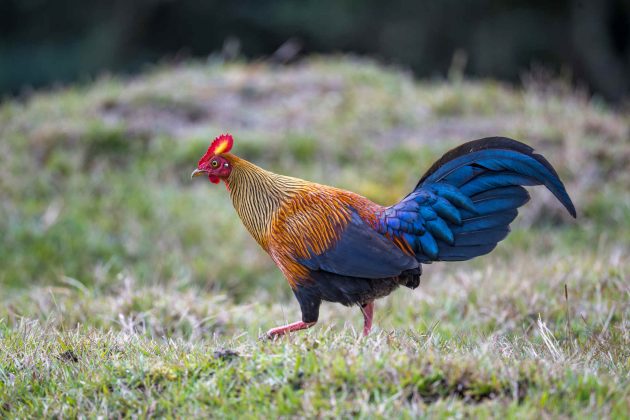
Or I could explain what facultative polyandry is (“a mating system in which a female may mate with more than one male under certain conditions, but not always”), as this is what the species practices. To be more specific, “a single female is typically linked with two or three males that form a pride of sorts. These males are likely to be siblings. The female pairs with the alpha male of the pride” (source).
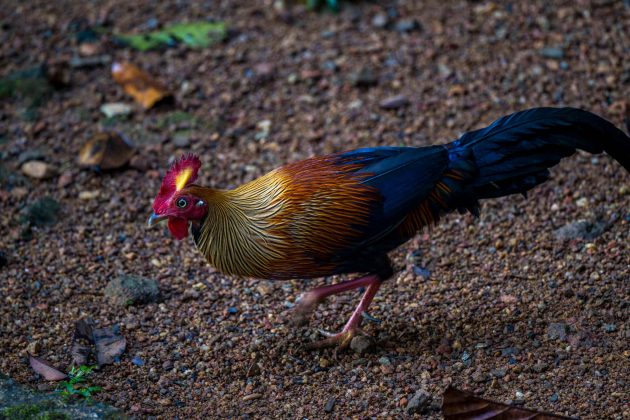
But I think the most promising – and for me, most typical – approach is to look at the scientific name, and then start complaining about it.
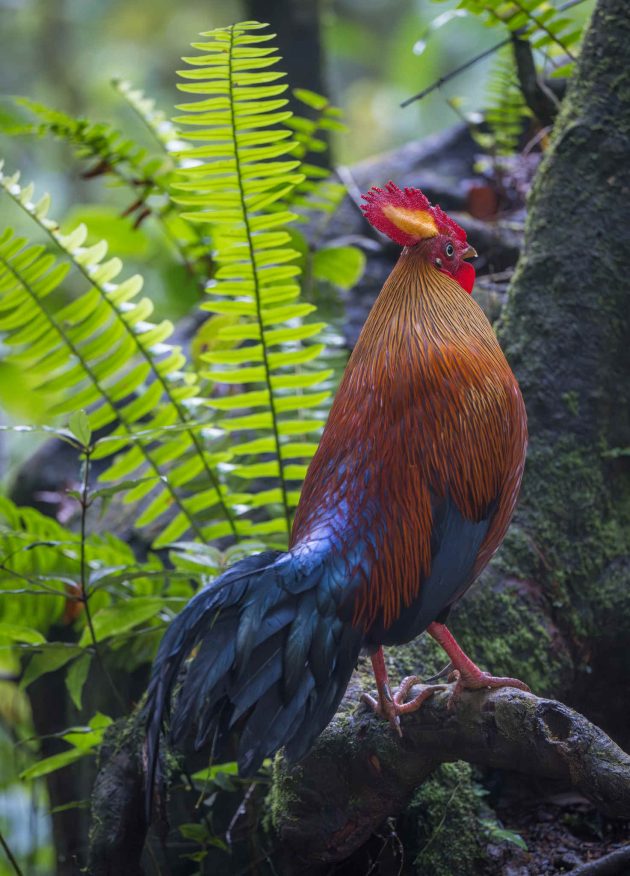
Gallus lafayettii is named after Gilbert du Motier, Marquis de Lafayette (1757-1834), a man often named a “Hero of two worlds”, as he was active both in France and the US.

I am generally not very comfortable with heroes. And this particular hero publicly opposed slavery – while at the same time inheriting and owning slaves on his estate in the French colony of modern-day Haiti.
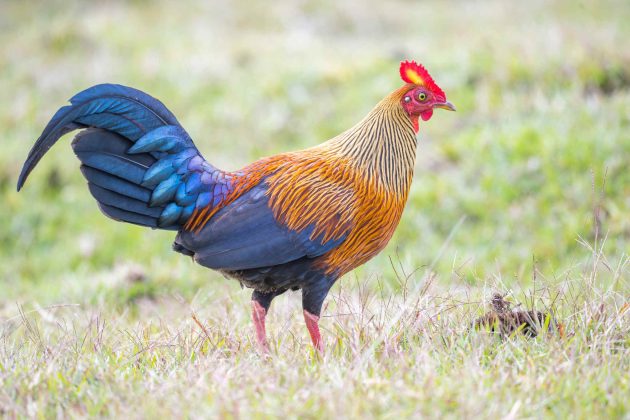
So, not my hero, I am afraid.






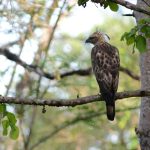
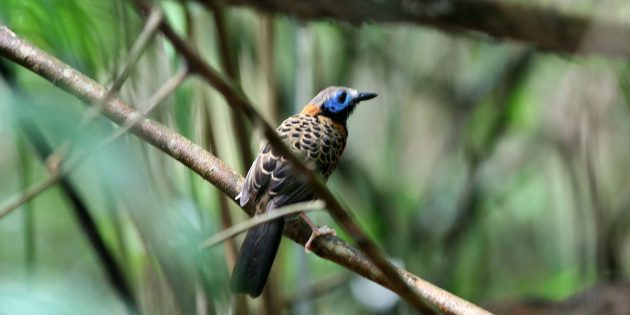
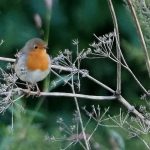
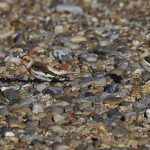
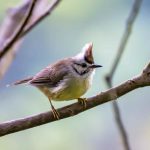

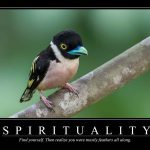
That is a very pretty chicken indeed! Superb photographs.
Chickens don’t get more handsome than this.